Advertising in the world of Coronavirus
“How do I speak to my audience at a time like this?” That’s the question every business is asking right now.
Since the outbreak of Coronavirus earlier this year, we have seen a change in the way the major companies have adapted their approach to advertising during the global pandemic. Companies are re-imagining the way they advertise their products without the fancy photo-shoots and costly production. They have realised we all have a tech device to hand.
So in a time like now, we all have the resources to reach out and ‘have our say’. Brands and marketers are utilising this through animations, voice overs and pre recorded footage. But the most effective approach seems to be user generated content.
If you’ve noticed whilst you’re watching TV after your working day or in fact anytime of the day, you may have seen that major companies such as Virgin Media, Nationwide, Birdseye and Uber to name a few, have completely changed their advertising methods by using ‘in the moment’ content from audiences sharing a recording of themselves in isolation. And something about this really resonates with people, wanting to feel a human connection during this time.
In fact 60% of consumers say that user generated content is the most authentic form of content.
A staggering 87% of brands take advantage of user–generated content with the aim to share more authentic content, and 72% believe that it helps them engage their audience better. The importance of making content as personable as possible can create brand loyalty and have a huge impact. In these uncertain times It’s important for us to know that we are all in this together.
Technology has allowed businesses to connect with their customers to gain invaluable user generated content, which is increasingly being used for their latest advertising campaigns. For example Tesco have adapted their popular ‘Food Love Stories’ campaign from a sleek professionally formatted video to the current feature of mobile phone montages of real life people making food for their loved ones they can’t be with due to social distancing. A great way to show how food connects us.
Another example of how industries have used technology to adapt to the global pandemic, is seen in the recent issue of I-D Magazine. Where high quality photoshoots and production could be a thing of the past, as Fashion photographer Willy Vanderperre has connected with 19 of the biggest supermodels in the world to create the covers of the latest issue via photographs taken through Facetime.

We all have some form of technology at our fingertips, be it smart phones, laptops or tablets that allow us to interact in a much faster and efficient way. Covid-19 has been a reminder of why social media and other communication platforms are important now more than ever. It’s hard to remember a time before Facebook, Instagram and other forms of social media played such a big part in our lives. This important function has allowed us to receive daily news updates, entertainment, as well as allowing us to perform our day to day tasks to do our jobs.
For the tech world this means that the key players are playing a vital part in keeping us updated and engaged with the latest tools and equipment to provide diversion and social outlets to the increasing number of people having to stay indoors to avoid the spread of the disease. It would seem that now really is the best of all times to be stuck at home.


